MiGs, Stars & Magic Books: A Brief History of Trespassing in Moscow
An illustrated guide to urban exploration in the Russian capital.
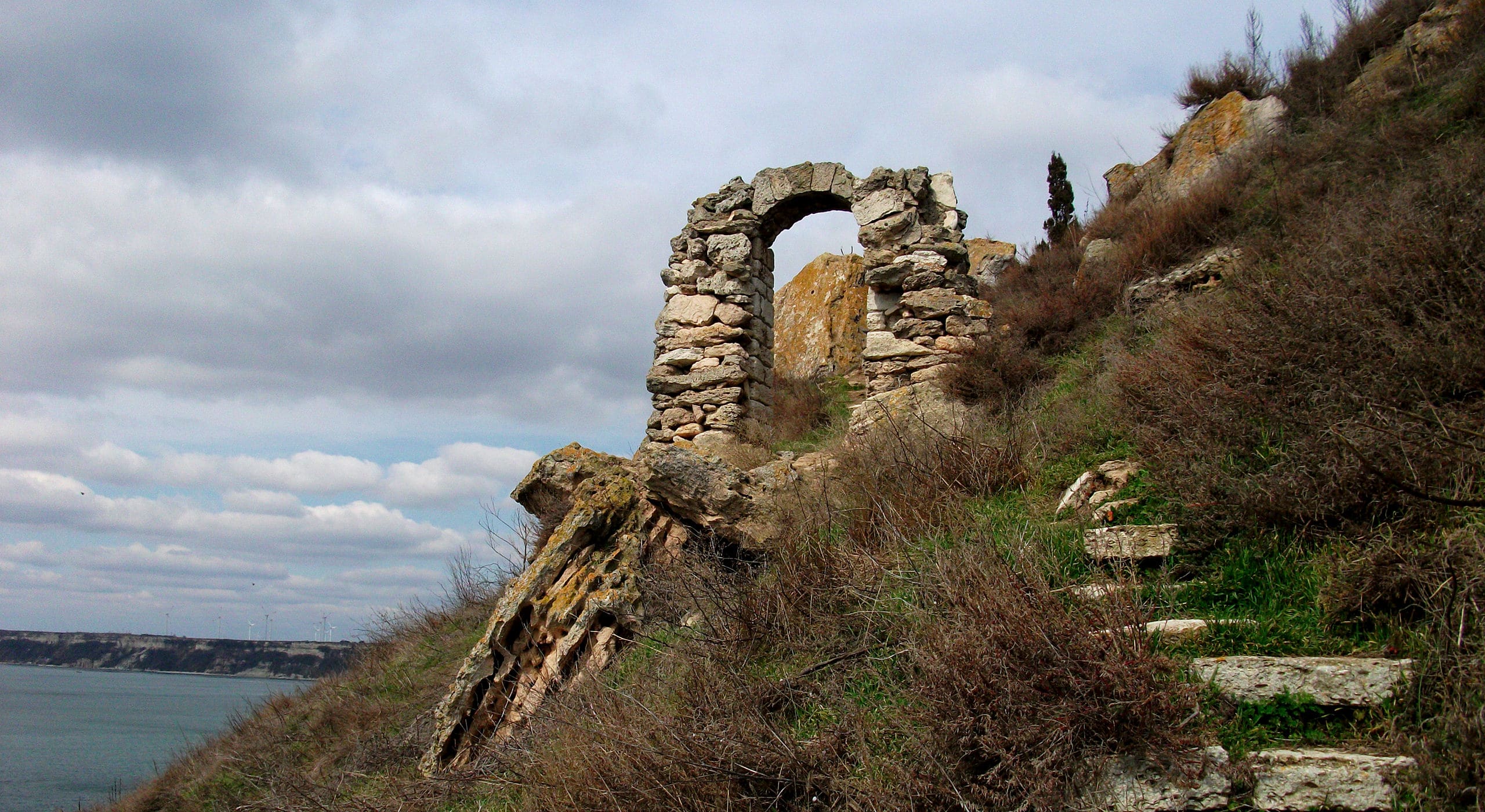
31 May 2013
Cape Kaliakra is a long rocky headland, that juts out into the Black Sea from the coast of northern Bulgaria. Located in the region of Southern Dobruja – not far from the Romanian border – it’s a popular spot for sightseeing and picnics, as well as featuring golf courses and a nature reserve. Beautiful as it may appear however, Cape Kaliakra nevertheless conceals a brutal history of suicide, siege and warfare.


Cape Kaliakra (Bulgarian: Нос Калиакра) is located 60km north of Varna; Bulgaria’s ‘Summer Capital’. Offering a strategic vantage point over the Black Sea, the cape has seen a long history of fortifications; occupied successively by the Thracians, the Romans, the Byzantines, the Bulgarians, the Ottoman Empire and the Kingdom of Romania.
The name ‘Kaliakra’ comes from the Byzantine Greek words, ‘καλός’ (‘beautiful’) and ‘άκρα’ (‘headland’ or ‘fortress’). Even before the arrival of the Byzantines though, the cape was settled in the 4th century BC by a Thracian tribe known as the Tirizi.
Unsurprising then, that this picturesque stretch of coastline has been the inspiration for countless myths and legends, tied in with a history that goes back as far as the earliest written records and beyond.
We drove to the cape from Varna; past the Park-Monument of the Bulgarian-Soviet Friendship and through the peculiar town of Kavarna, whose otherwise bland apartment blocks are decorated with towering murals of heavy metal musicians.
The Kaliakra peninsula stretches 2km into the Black Sea. We took the car as far as we could, along the single tarmac track that rides the crest of the headland. We parked when we ran out of road, and made our way down to the tip of the peninsula on foot. Here a single stone arch rose forlorn, the entrance to a structure long since lost.
The Ottoman Empire invaded Bulgaria in the late 14th century, burning and raping their way across the country. According to the stories livestock were slaughtered for sport, villages and crops were set aflame, and those who resisted were killed where they stood; girls who were captured were either kept for the pleasure of the Ottoman officers, or sent to join the Sultan’s harem at Constantinople. It is said that when the Ottoman army approached Kaliakra, 40 local girls fled to the end of the headland. They tied their hair together, and jumped from the edge of the cliff; preferring to die on the rocks beneath rather than be captured. An obelisk known as ‘The Gate of the 40 Maidens’ (Bulgarian: ‘Портата на 40-те девици’) now stands at the entrance to the cape, in memory of their sacrifice.
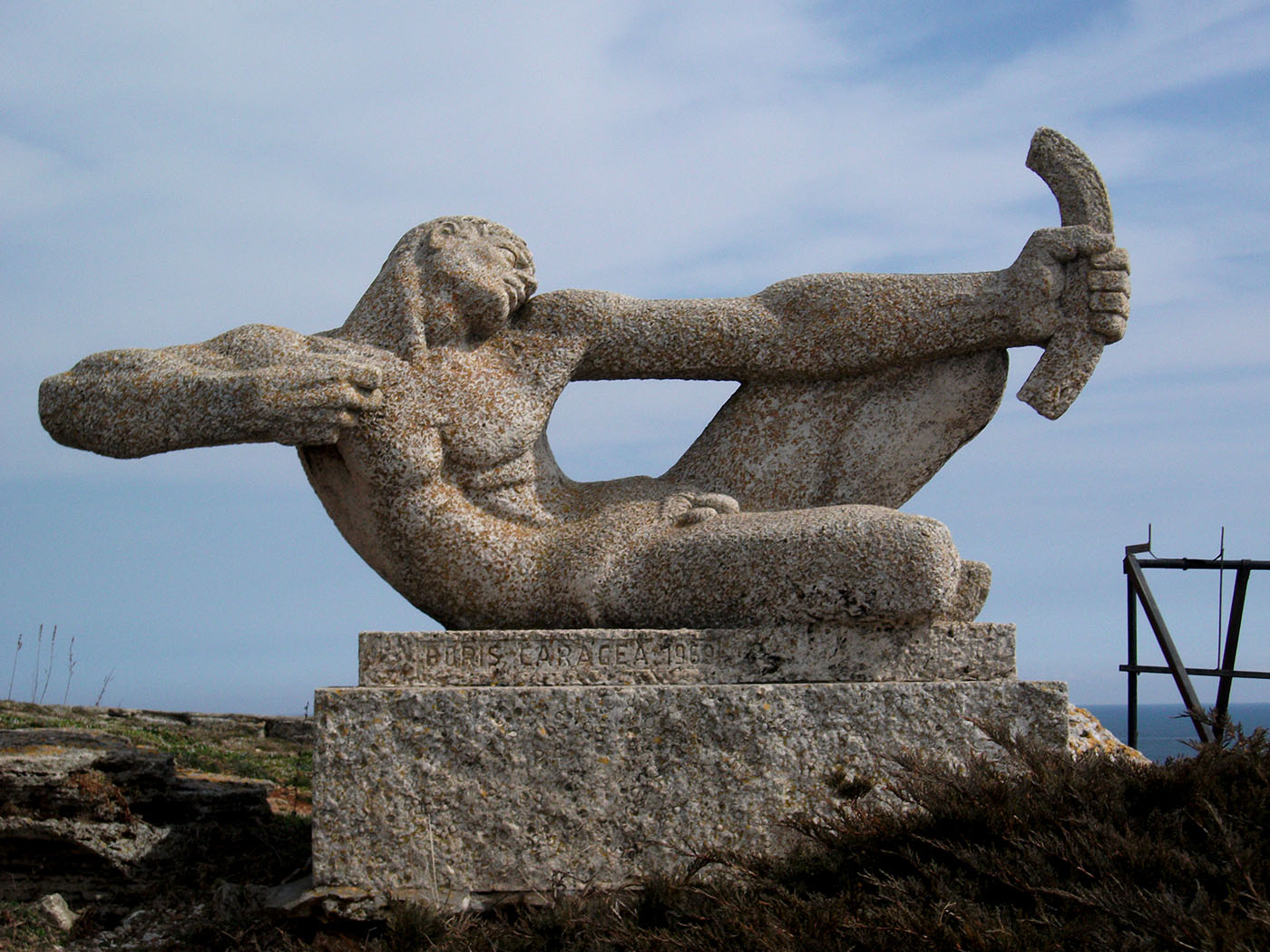

As we explored the narrow peninsula we came across numerous smaller monuments, statues and engravings. Some of these looked to be recent additions, while others, well eroded by wind and water, appeared almost timeless. At the end of the cape, overlooking a stone balcony peering out from the cliff face, there now stands the secure compound of a medium wave broadcasting facility. Formerly the site was a dervish monastery, built under Ottoman occupation and said to have contained relics of the Muslim saint Sarı Saltık.
Another local legend explains the formation of the peninsula. Saint Nicholas, patron saint of seamen, was fleeing the Ottomans at Kaliakra. To aid his escape God created the cape beneath his feet, a narrow path stretching out into the sea. Saint Nicholas was nevertheless captured, and a chapel built here in 1993 stands memorial to his death.
Cape Kaliakra has long been regarded as a point of key strategic significance. In 1444, while marching south to face the Ottoman Empire, King Władysław III of Poland made camp at Kaliakra. He would later lose his life in the Battle of Varna, to be honoured with the title Vladislav of Varna, or ‘Vladislav Varnenchik’ (Bulgarian: ‘Владислав Варненчик’).

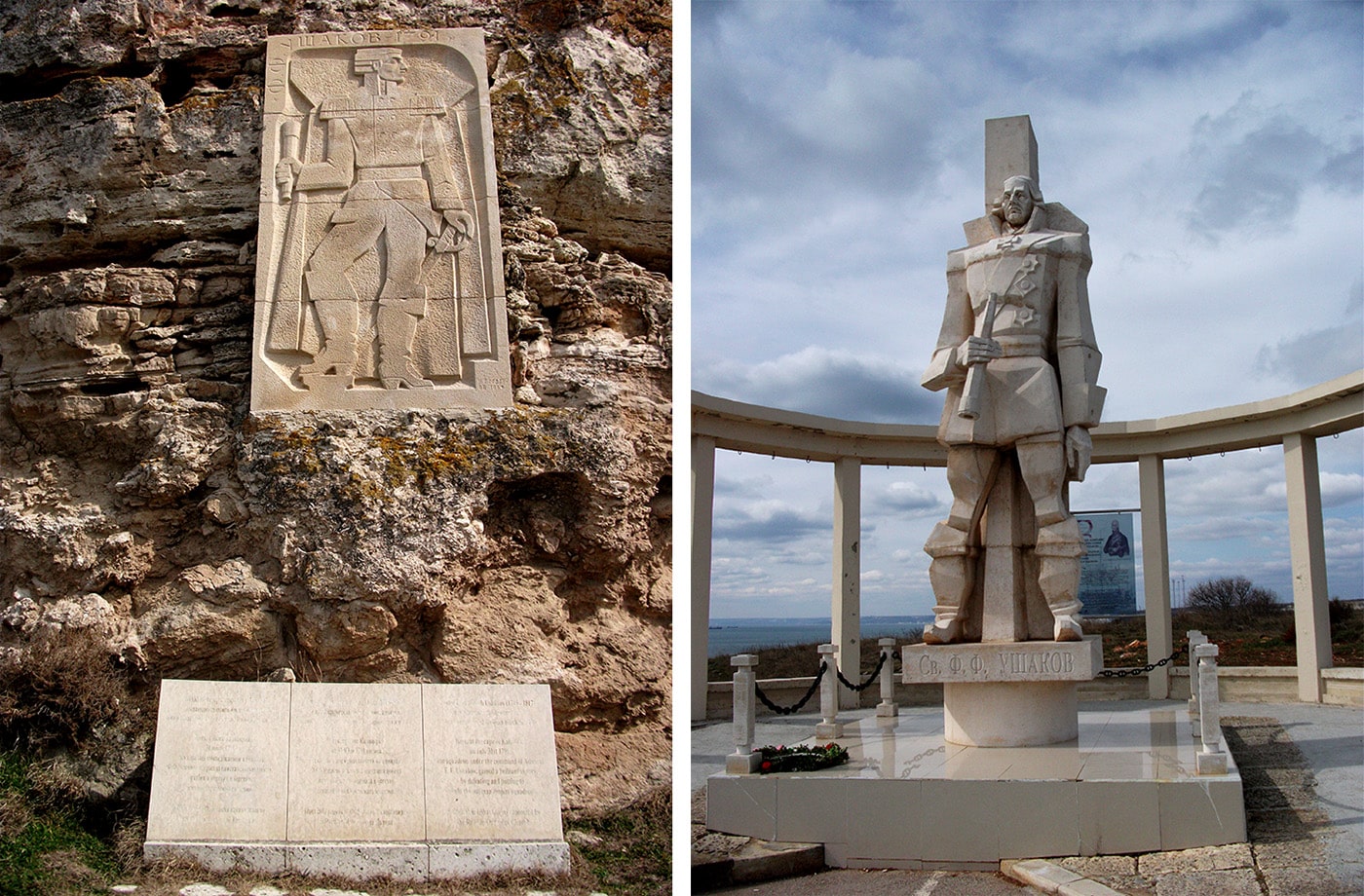
The cape was to play a key role once again, in the later Russo-Turkish War. It was here that the Russian Admiral Fyodor Ushakov sailed south to smash the Turkish fleet. The Battle of Cape Kaliakra, fought on 11 August 1791, was the fiercest naval battle the Black Sea had ever seen and brought an end to the Russo-Turkish War of 1787-1791.
Following the peninsula back to the mainland, we passed a statue of Admiral Ushakov – cast in the cubist style so typical of Bulgaria under communism. The celebration of this Russian admiral also fits the pattern of memorials such as Buzludzha and the monument in Varna, immortalising the strength and determination of the Soviet forces through hyper-proportioned, brutalist effigies.
Just past the monument to Ushakov we passed through row upon row of stone foundations, the remains of a town that once surrounded the Kaliakra Fortress.
According to the ancient Greek geographer Strabo, it was at Kaliakra that King Lysimachus built his capital. Lysimachus, or ‘Lyzimah’ as he is otherwise known, was ruler of Thrace and a successor of Alexander the Great. It is said that he returned to Kaliakra with bountiful treasures won in his campaigns against the Persians; but after hiding his fortune in caves scattered along the cape, Lysimachus and his entire fleet were drowned in a major storm.
The Kaliakra Fortress continued to grow. A second fortress wall was built during the Hellenistic period, and later the Romans would extend the original Thracian design. By 342 AD, the fortress featured inner and outer townships, while impressive round towers rose inside the fortress walls. A third fortification appeared in the late 4th century, with walls believed to have been 10m tall and 3m thick. Recent archaeological work also shows the remains of an early Christian necropolis on the site.
Kaliakra Fortress remained an important military outpost throughout the 5th and 6th centuries; here in 513 AD the Byzantine General Vitalin and his rebel army dealt a crushing blow to the forces of Emperor Anastasius I. The fortress at Kaliakra did not begin to decline until the 7th century. Later, when the Ottomans arrived in the 14th, what remained of Kaliakra Fortress was destroyed altogether.
We drove back along the coast, passing through popular resort towns such as Balchik and Golden Sands. Every year these beaches draw thousands of tourists, many coming from Britain, Russia, Germany and Scandinavia. Much like Cape Kaliakra though, these picturesque resorts bely a turbulent and bloody history.

The nearby town of Dobrich takes its name from the 14th century Dobrotitsa, ruler of Kaliakra Fortress and remembered by history as ‘the Despot Dobrotitsa’. Dobrotitsa and his navy won notable battles against the Ottomans and Genoese, in the name of the quasi-independent Principality of Karvuna which once covered the northern half of Bulgaria’s Black Sea coast.
The Turkish form of Dobrotitsa, ‘Dobruja’, now lends its name to the entire region.
In 1444 the Karvuna Principality, or Despotate of Dobruja, fell to the Ottomans following the Battle of Varna. Bulgaria was finally liberated in 1878, although later, following the Second Balkan War of 1913, parts of Southern Dobruja were absorbed into the Kingdom of Romania. In 1921 the Scottish-born Queen Marie of Romania visited the ancient Thracian settlement of Balchik, not far from Kaliakra. She was so enamoured with the place that she had a royal palace built here.
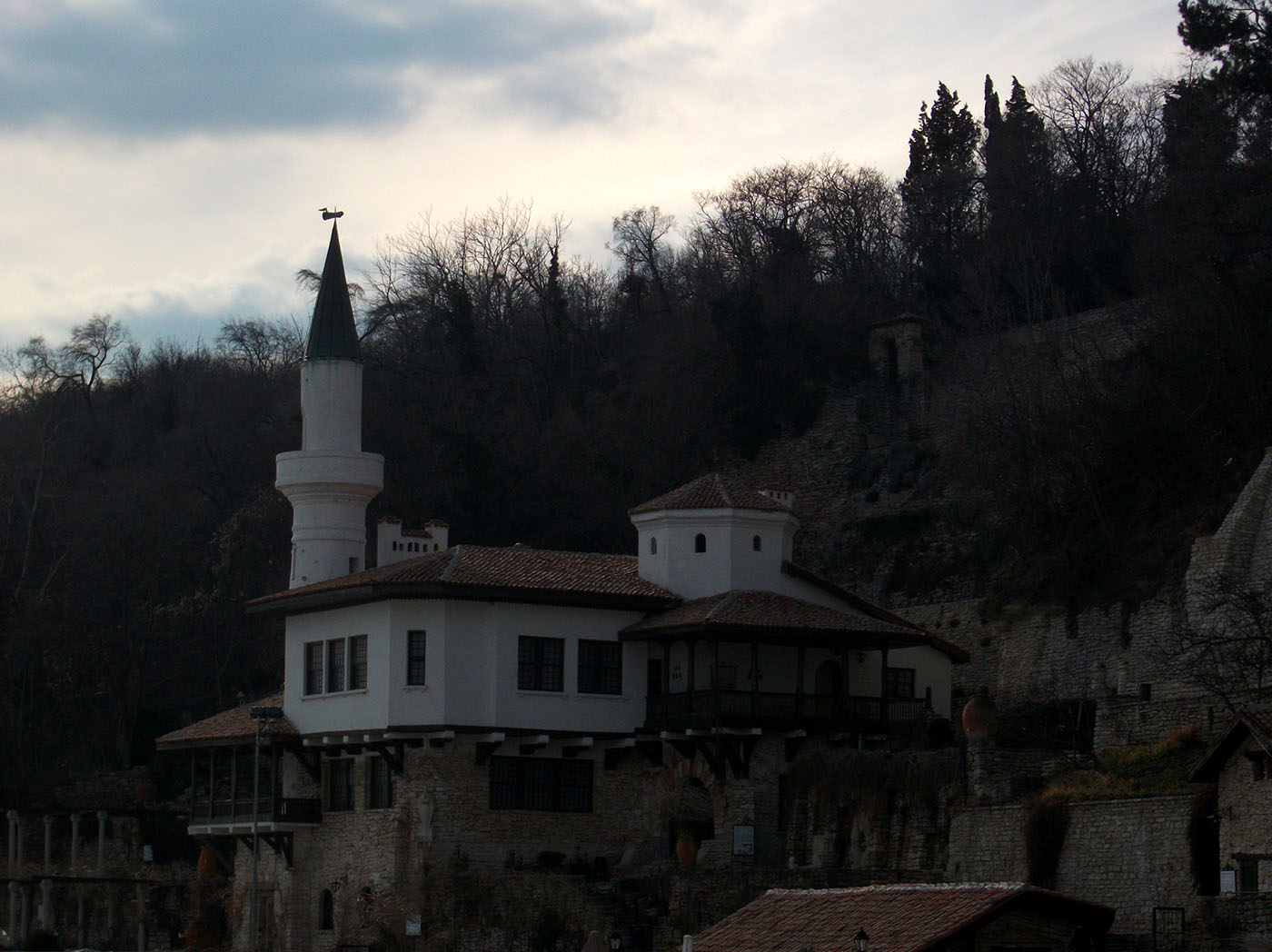

We stopped briefly at Balchik Palace. Constructed between 1926 and 1937, the small palace overlooks the Black Sea and features residential villas, a chapel and monastery, wine cellars and a stylised minaret. Nearby, the overgrown remains of an unfinished holiday resort provided a stark contrast to the grandiose palace.
During WWII, in a bid to secure Bulgaria’s allegiance, Hitler forced Romania to cede Southern Dobruja to its former owners; the return of these lands was later formalised in the 1940 Treaty of Craiova. The Bulgarians established the Balchik Botanical Garden that same year, adjacent to Queen Marie’s palace.
Cape Kaliakra today, with its ecological reserves, wind farms and championship golf courses, offers few clues as to the countless bloody battles which have been waged along this length of the Black Sea coast. However even now, the dispute remains unsettled.
The Treaty of Craiova saw the resettlement of 110,000 Romanians who had made their home in Bulgaria; many Romanians still condemn the ‘theft’ of Southern Dobruja (or as they know it, ‘Cadrilater’).
According to a Balchik census in 2011, no more than 72.9% of the local population is Bulgarian. Of the remainder, most notably, are 15.8% Turkish and 8.8% of Roma heritage. A taxi driver once told me that the Romanians here hate the Bulgarians, the Bulgarians hate the Turks, and everybody hates the Roma; meanwhile the green grass of Cape Kaliakra grows over the bodies of countless battles past.
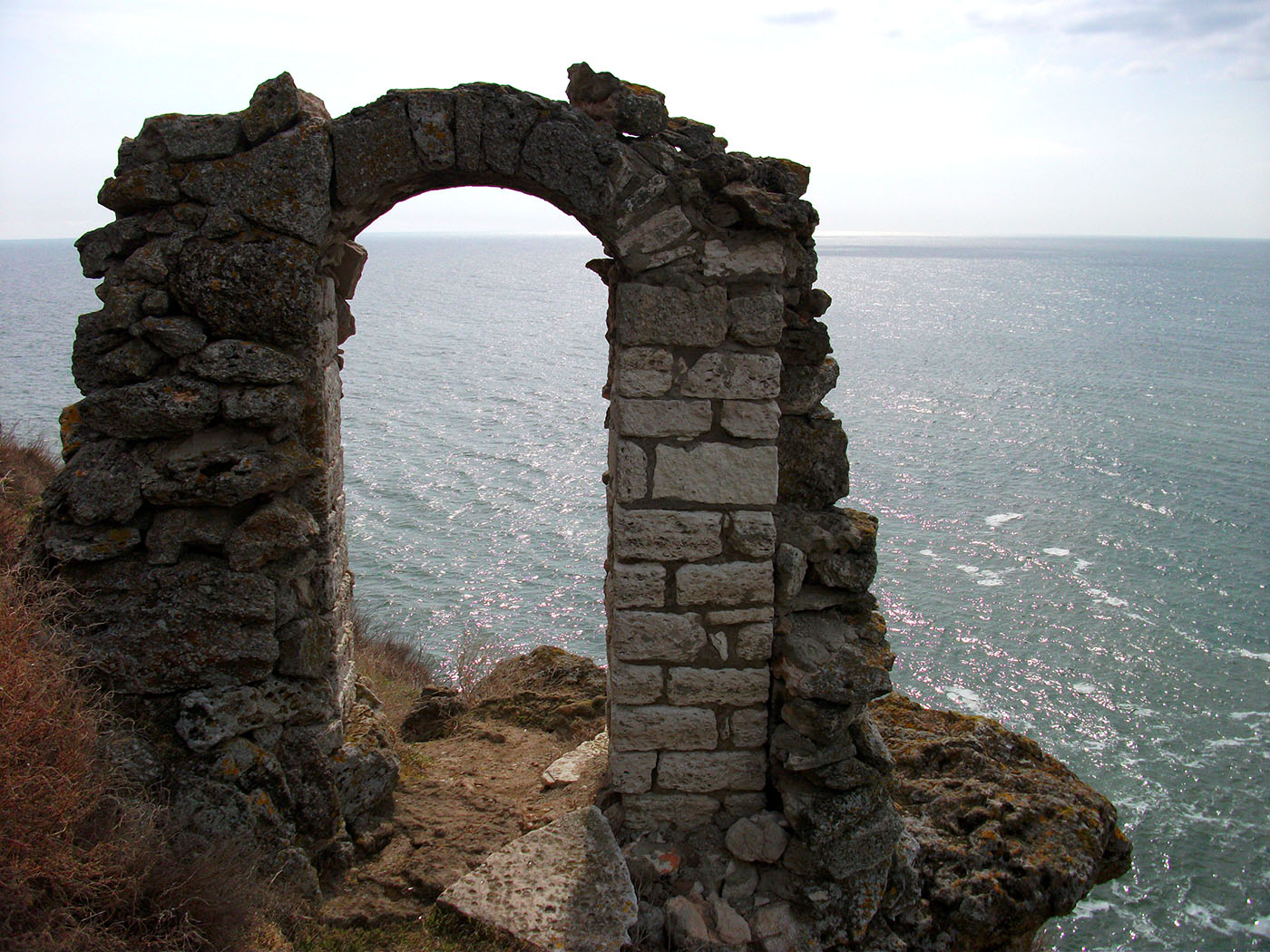

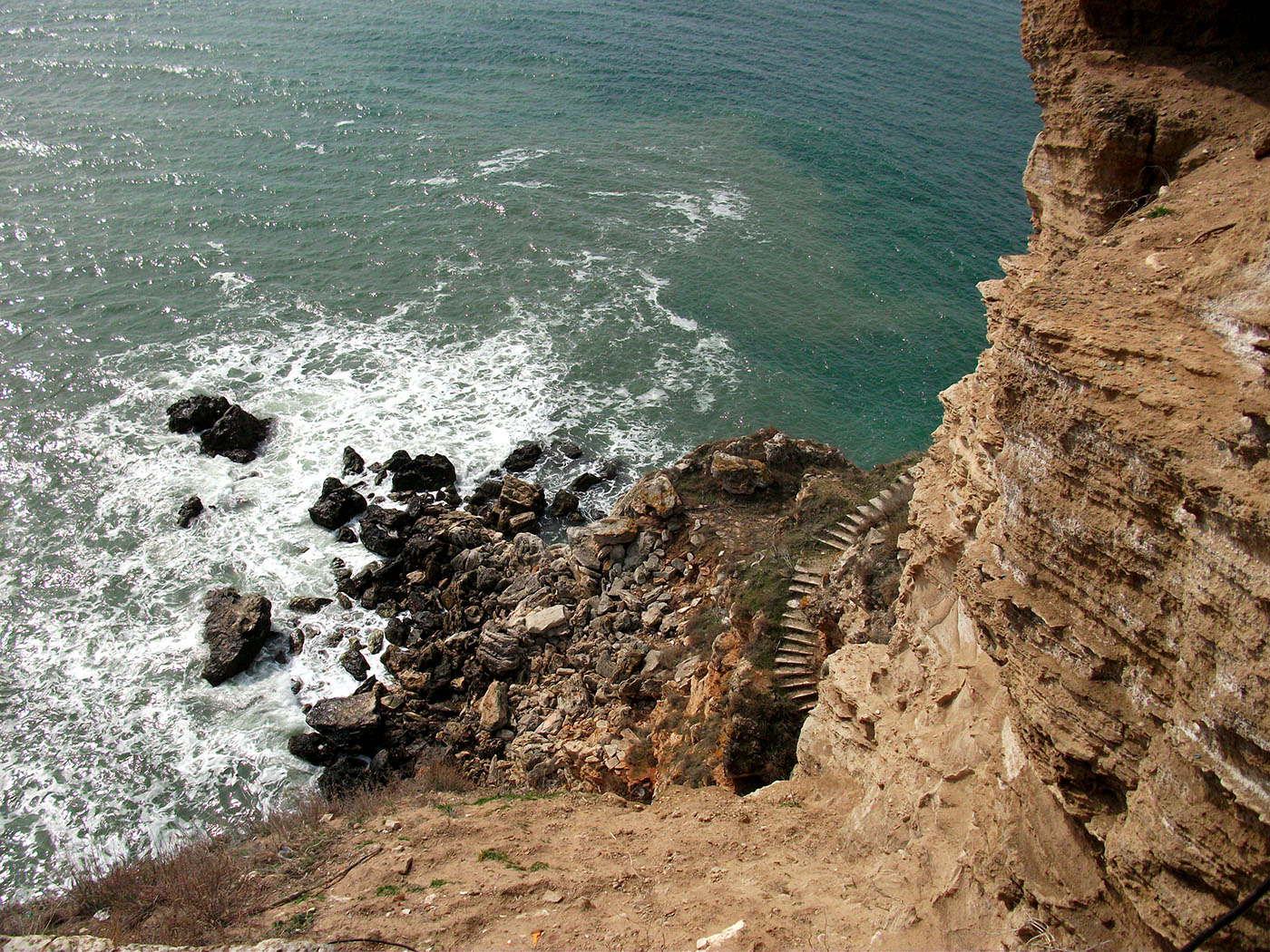
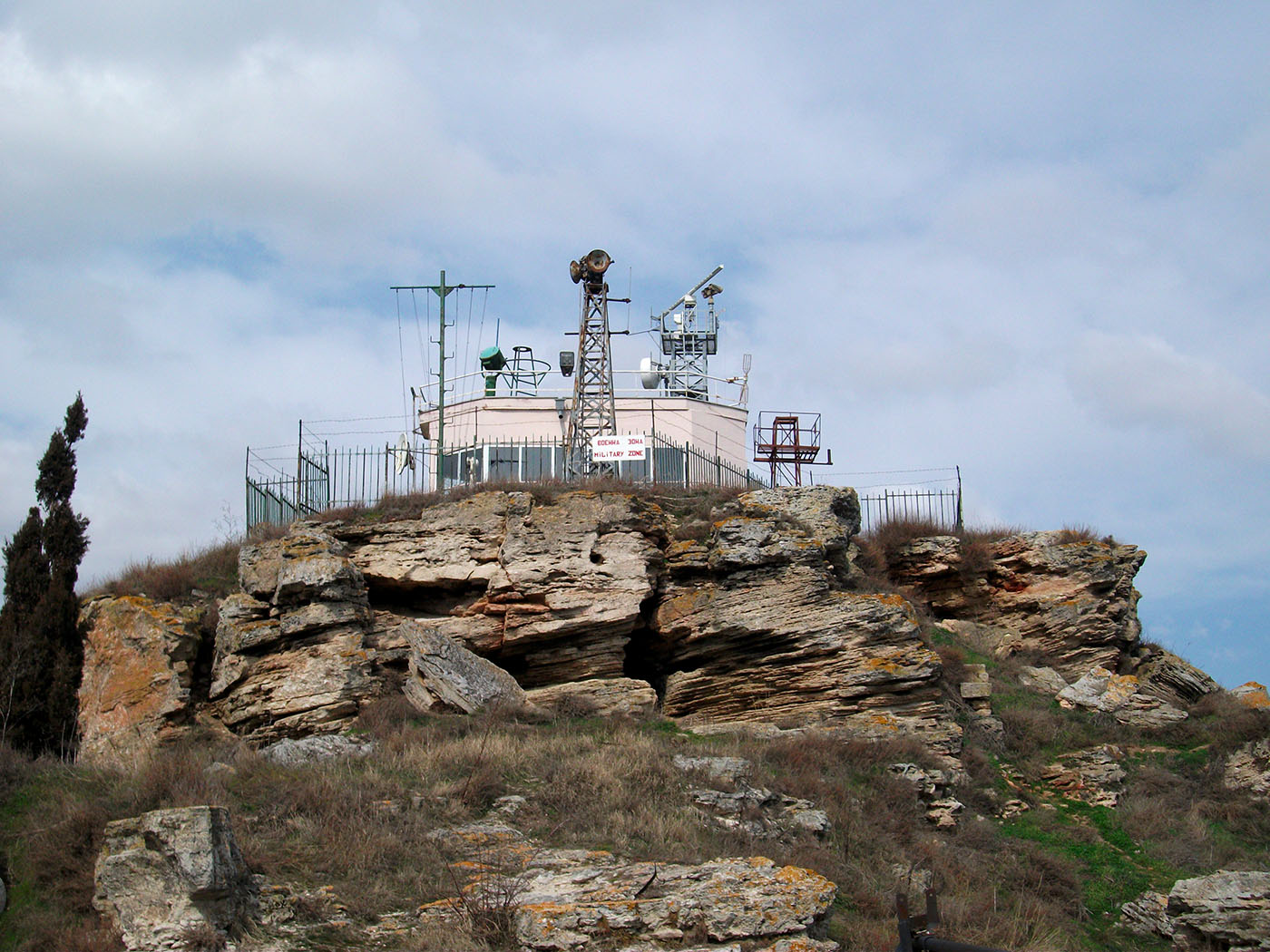
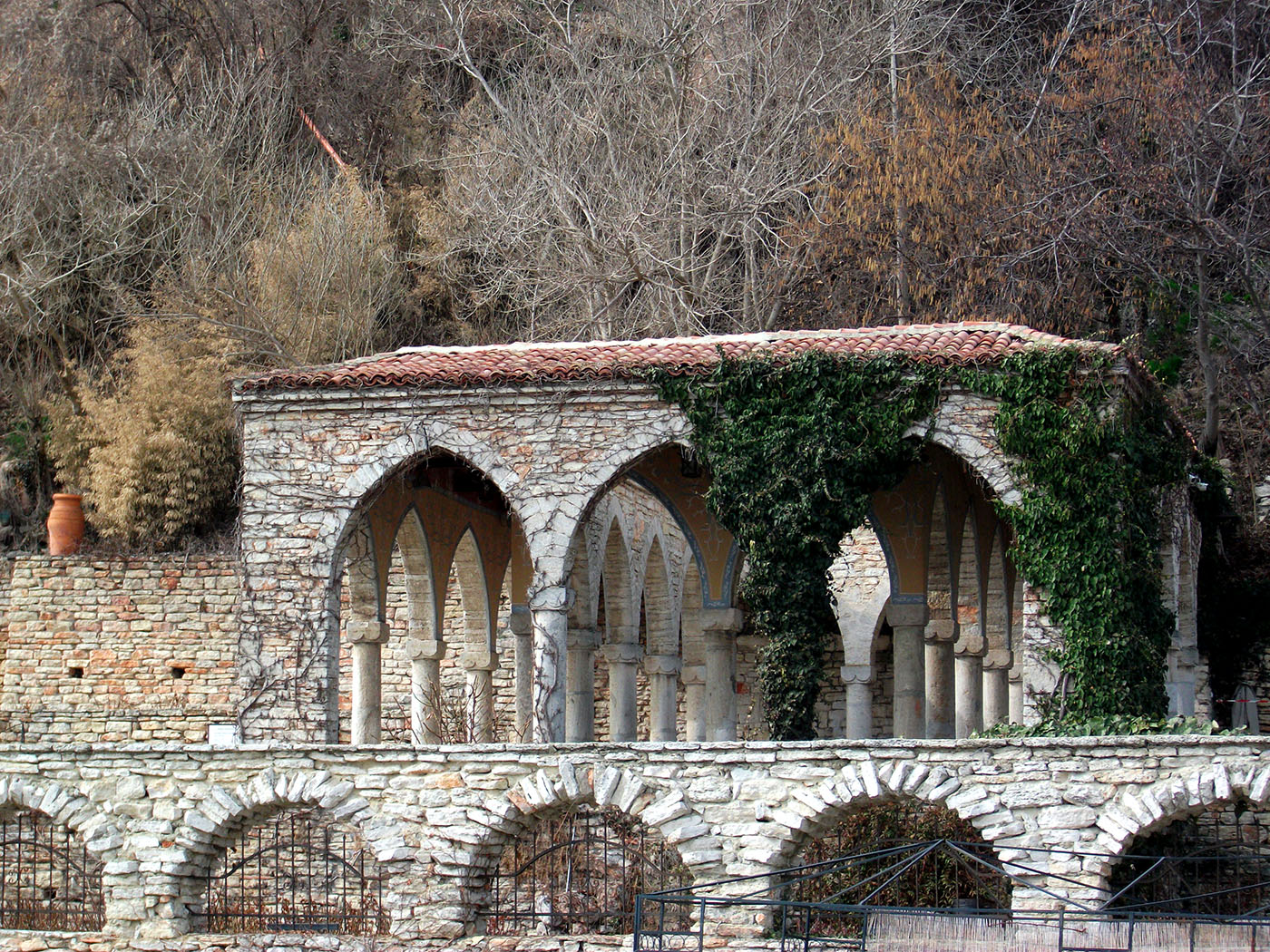
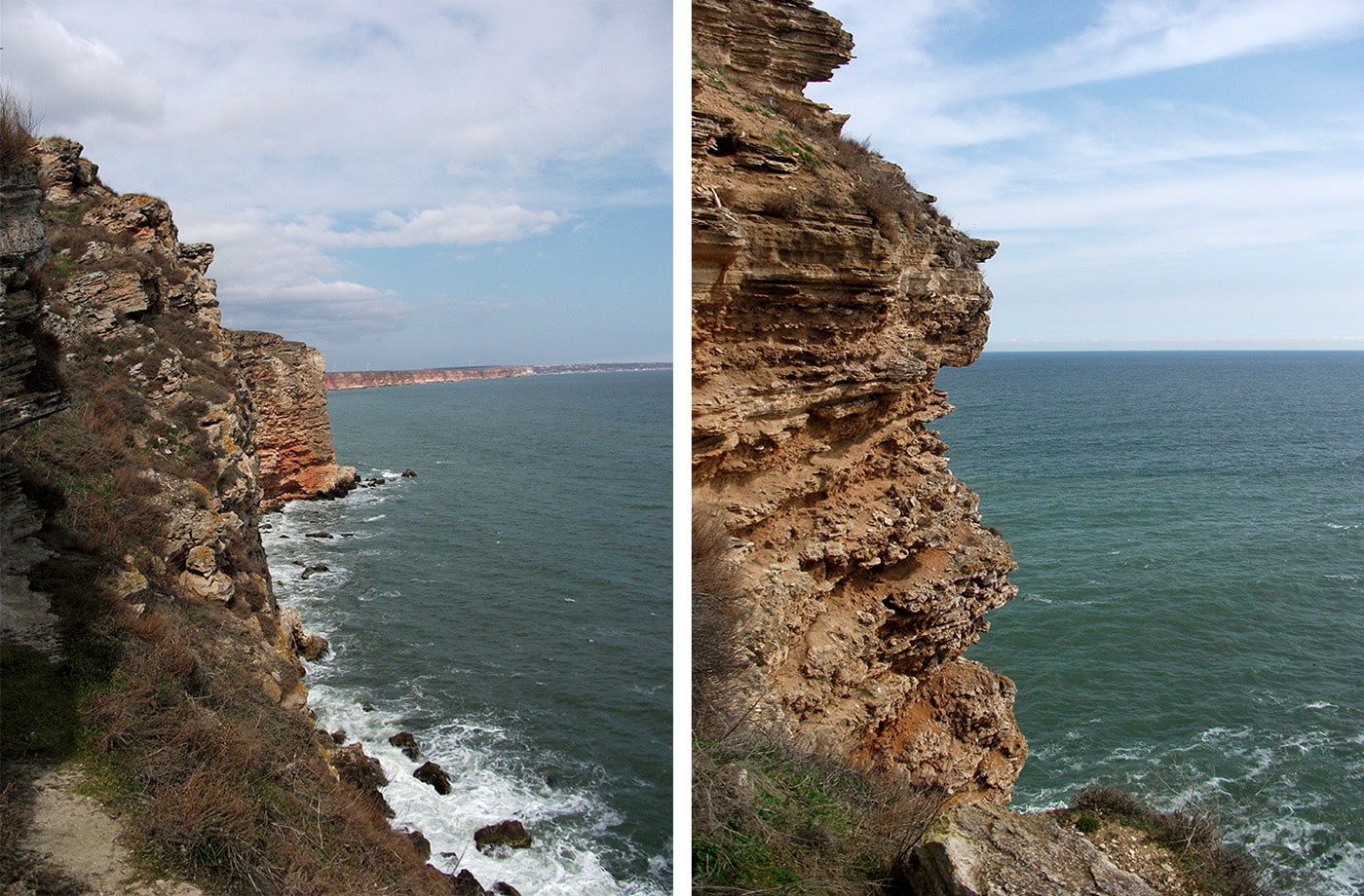
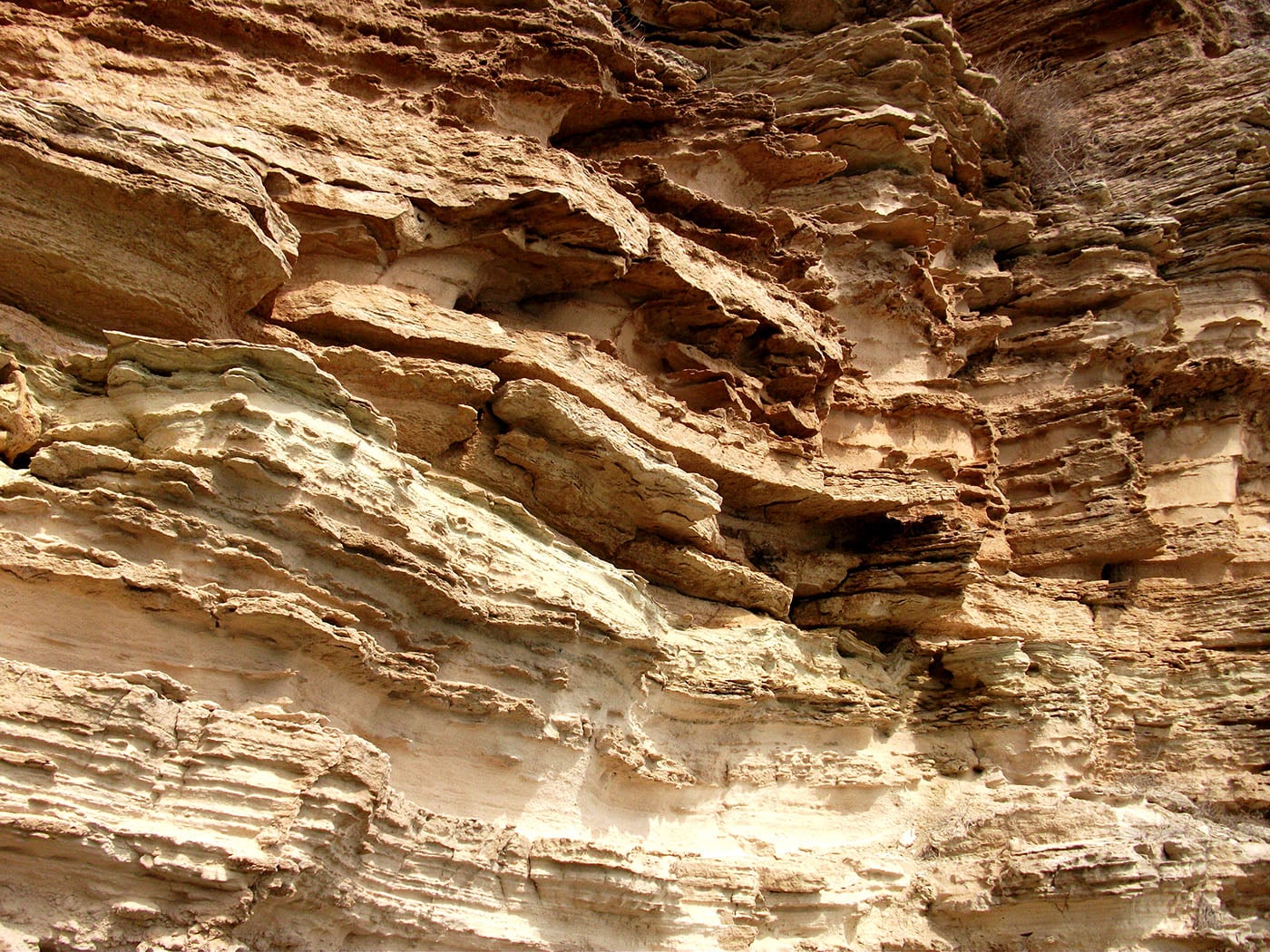
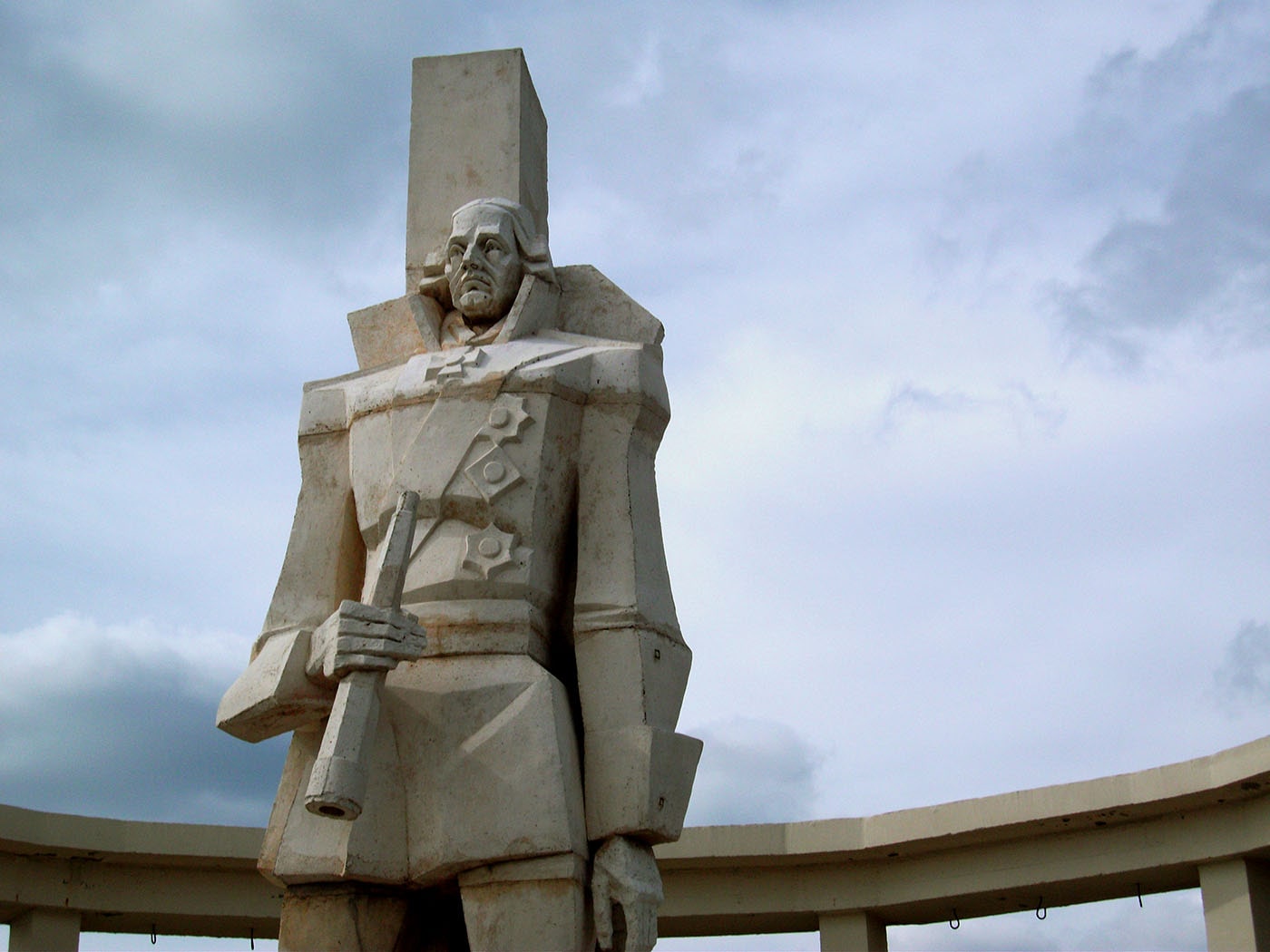




Comments are closed.
See all 18 comments on “The Strange and Tragic History of Bulgaria’s Cape Kaliakra”

An illustrated guide to urban exploration in the Russian capital.

Poltergeists, ritual murder & a live-in succubus – the 1000-year-old pub with a ghostly reputation

A month-long monument hunt, and what I learned along the way.
I loved the information you have on here. I haven’t been to Kaliakra or Balchik in a few years and your information took me back. My husband is from Varna, so I try to find out about the history of his country.
Great pictures & commentary! I have a degree in history, but like most Americans, I know little about the history (or anything else!) of the smaller eastern European countries. I have traveled to Europe a number of times, but very little beyond Hungary. This blog makes me want to travel again!! (Just noticed that your other comments came from someone also with last name of Glass!)
Thank you, Linda. Yes, there are so many interesting little spots like this around the region, whose history is hardly known outside the borders. I’m also looking forward to getting back to travelling, and seeing some more of these places…!
I so enjoy the historical commentary and the photos are exquisite!
Thank you, Astrid!
Thanks for sharing the very interesting yet sad history of Cape Kaliakra. Our treasures today looks back at the history of all creatures who shared this planet. May all on earth learn to live in piece together.
I’m interested in your travel tours in these places.
You will enjoy it, I was there last year and it was a very nice experience.
I love Kaliakra Cape! I visited in a cloudy day, but despite the weather, the place is very beautiful and romantic. https://idjourney.wordpress.com/2018/02/05/kaliakra-cape/ Thanks for sharing!
Great photos! I love the poppies…
Vladislav III Yagelo did not camp there on his way to Varna. His crusader army came from the west – they took Shumen, and several other fortresses on their way including one near Aksakovo. They were met by the Ottoman army near Varna, where the polish-hungarian king Vladislav died, and his forces fled north to Dobrich and Kavarna – where you can find archaeological evidence of their demise such as armor pieces and weapons. The only people that could have camped outside Kaliakra are escaping western soldiers who were most likely under pursuit by ottoman forces. So, please change the “mistakes” in your text.
Thank you for your contribution, Vasil! I can’t make any changes without seeing some sources for this, though – could you please share some sources to back this up? I’d love to read more on what you’re saying, if you can provide a link for it. Thanks!
wow, some cracking photos, wonderful read – as always
Thanks a lot. Really photogenic place, and it was refreshing to write about something a bit different to usual.
Jumping off cliffs with hair tied together?
Hardcore.
That part may or may not be true… but I think the point of the myth is that it is so typical of countless things which were happening all over the country.
I have heard that they were 40 Christian girls who would not renounce their faith, neither would the convert to Islam.
Yes, I heard something like that too – though there seem to be various versions of the story floating around now.